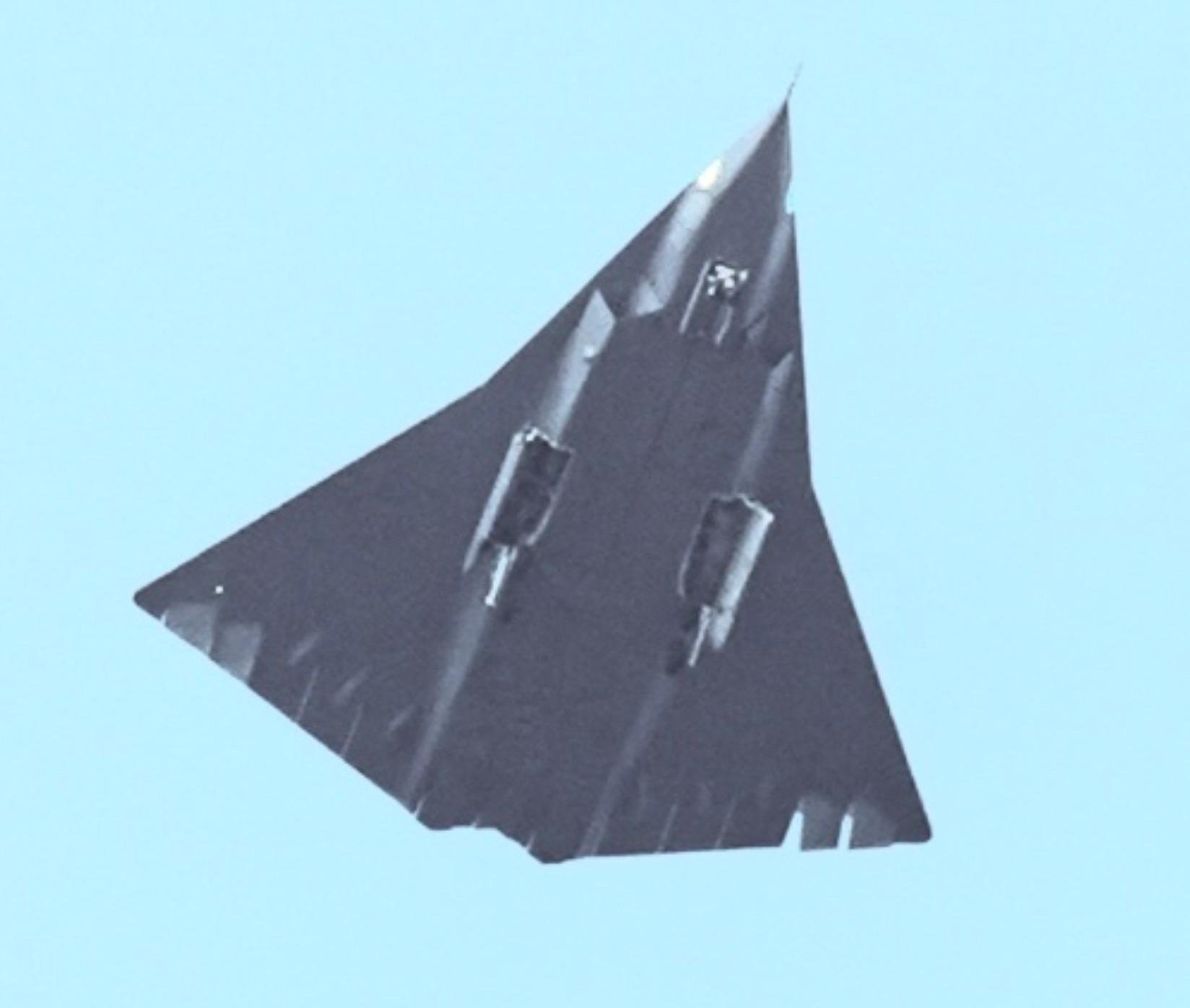New Chinese Advanced Combat Aircraft Emerge In Flight
Details
More Products & Services
Products & Services
Aerospace | Aviation Week Network
Aviation Week Network
https://aviationweek.com/themes/custom/particle/dist/app-drupal/assets/awn-logo.svg
Home - Aviation Group Marketing
Aviation Week Network
120 data points on over 156,000 commercial and business aviation aircraft, including military transports. Discover the most trustworthy resource for the complete aircraft history, plus ad hoc reports, month-over-month trend analysis and details on expected deliveries through 2050.
People

Andrea Rossi Prudente
Aviation Week Network

Becca Balmes
Aviation Week Network

Belinda Tan
Aviation Week Network

Brian Everstine
Aviation Week Network
Editor

Eddie Krankowski
Aviation Week Network
Assistant Manager, Tradeshows

erving dockery
Aviation Week Network

Lisa Tan
Aviation Week Network
Senior Marketing Manager

Mark Thomas
Aviation Week Network
Description
New Chinese combat aircraft broke cover in a flood of social media photos and videos on Dec. 26 showing them in flight and revealing two new examples of China's evolution as an aerospace innovator.
One new aircraft appeared in social media posts revealing a large, three-engine warplane with a cockpit and diamond-style wing with no vertical tails. Yaw control appears to be managed by Northrop Grumman B-2-style split rudders.
The engines are fed by a single dorsal inlet and two ventral inlets, the latter using caret-shaped intakes. The dorsal inlet features a stealth-enhancing diverterless supersonic inlet, but not the ventral inlets.
The aircraft's large ventral fuselage section likely provides room for an internal weapons bay. The main landing gear features two wheels each, a hallmark of heavy fighter-bombers, such as the Sukhoi Su-34.
The apparent test flight over a populated Chinese area included appearances by a Chengdu-manufactured J-20S fighter, possibly flying a chase mission.
“Its size and arrangement tentatively suggests that this is the long awaited J/H-XX ‘regional bomber', designed to provide a low observable high-altitude precision strike capability against bases and possibly ships throughout the Indo-Pacific,” said Justin Bronk, senior research fellow for Airpower and Technology at the Royal United Services Institute. “However, it remains possible that this prototype represents China's known 6th Generation fighter program.”
Hours later, further social media posts revealed images and video of a second new Chinese combat aircraft, also in flight test.
The images show a more traditional fighter design with a cranked arrow planform and possibly folding tailfins. It was not immediately clear when these images were captured, but one post marked the picture with a Dec. 22, 2024 time stamp.
The mystery warplanes emerged on the 13th anniversary of the rollout of the J-20 stealth fighter, which itself came 13 years after the first flight of the Chengdu-made J-10 in March 1998. The Dec. 26 date marks the 131st birthday of Mao Zedong, the late founder of the Chinese Communist Party.
The role each of the aircraft would perform is not immediately apparent. No Chinese government or industry channel has acknowledged the imagery on official channels, but there also appears little effort by internal security services to censor the content posted by dozens of people on the ground.
China has been developing the H-20 long-range stealth bomber and the medium-range JH-XX fighter-bomber, according to the annual China Military Power Report published by the U.S. Defense Department. Chinese industry officials also have confirmed that work is underway on a sixth-generation fighter.
-Tony Osborne contributed to this article from London.
One new aircraft appeared in social media posts revealing a large, three-engine warplane with a cockpit and diamond-style wing with no vertical tails. Yaw control appears to be managed by Northrop Grumman B-2-style split rudders.
The engines are fed by a single dorsal inlet and two ventral inlets, the latter using caret-shaped intakes. The dorsal inlet features a stealth-enhancing diverterless supersonic inlet, but not the ventral inlets.
The aircraft's large ventral fuselage section likely provides room for an internal weapons bay. The main landing gear features two wheels each, a hallmark of heavy fighter-bombers, such as the Sukhoi Su-34.
The apparent test flight over a populated Chinese area included appearances by a Chengdu-manufactured J-20S fighter, possibly flying a chase mission.
“Its size and arrangement tentatively suggests that this is the long awaited J/H-XX ‘regional bomber', designed to provide a low observable high-altitude precision strike capability against bases and possibly ships throughout the Indo-Pacific,” said Justin Bronk, senior research fellow for Airpower and Technology at the Royal United Services Institute. “However, it remains possible that this prototype represents China's known 6th Generation fighter program.”
Hours later, further social media posts revealed images and video of a second new Chinese combat aircraft, also in flight test.
The images show a more traditional fighter design with a cranked arrow planform and possibly folding tailfins. It was not immediately clear when these images were captured, but one post marked the picture with a Dec. 22, 2024 time stamp.
The mystery warplanes emerged on the 13th anniversary of the rollout of the J-20 stealth fighter, which itself came 13 years after the first flight of the Chengdu-made J-10 in March 1998. The Dec. 26 date marks the 131st birthday of Mao Zedong, the late founder of the Chinese Communist Party.
The role each of the aircraft would perform is not immediately apparent. No Chinese government or industry channel has acknowledged the imagery on official channels, but there also appears little effort by internal security services to censor the content posted by dozens of people on the ground.
China has been developing the H-20 long-range stealth bomber and the medium-range JH-XX fighter-bomber, according to the annual China Military Power Report published by the U.S. Defense Department. Chinese industry officials also have confirmed that work is underway on a sixth-generation fighter.
-Tony Osborne contributed to this article from London.

Share
Recent Chats
Share via email
Future: handle WhatsApp here
Future: handle LinkedIn here
Future: handle Twitter here
SUBMENU HERE
Share via Chat
Copy Link

